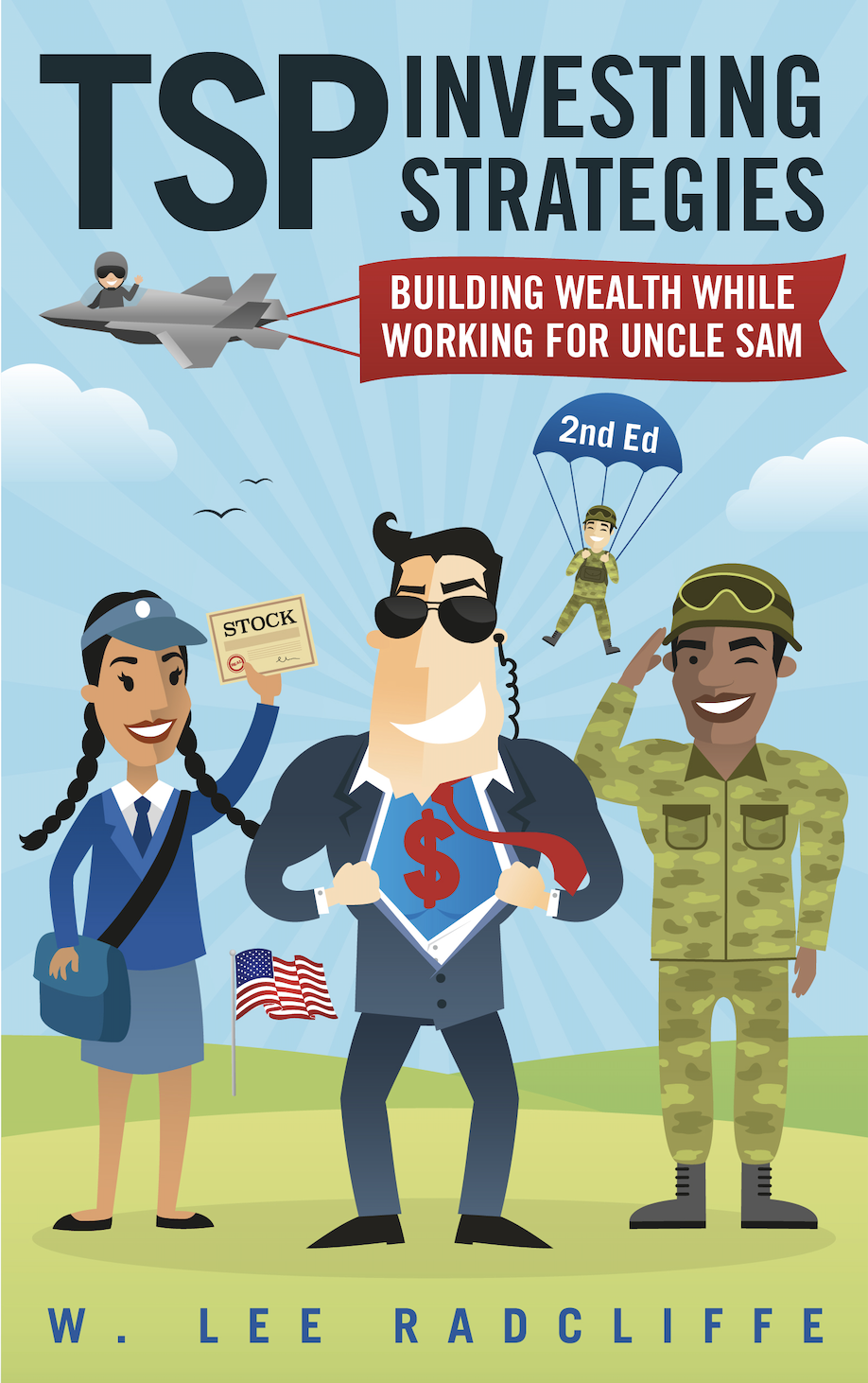TSP Fund Returns
What would your TSP account be worth if you had fully invested over the past 35 years?
The charts below represent the returns of each fund based on monthly investments of the maximum yearly TSP deferral limits*, from the date of each fund’s inception to the current year. Figures are approximate and will differ depending on actual investment dates and actual amounts invested. Remember: past fund performance does not predict future returns, but the below is a good illustration of what investors can do when investing through thick and thin over the long-term!
New! beta Check how you would’ve done in the G, F, and/or C Funds for any timeframe from 1988 here.
Scroll over the chart to see approximate returns of investing the equivalent of the maximum deferral limit* on a monthly basis from 1988 through 2023 - a total of approximately $480,000.
S, I Funds
The S and I Funds were inaugurated in 2001, thus the following charts are based on returns from 2001 to the present:
Scroll over the chart to see approximate returns of investing the equivalent of the maximum deferral limit* on a monthly basis from 2001 through 2023, or approximately $360,000.
Check out this post to see similar returns for the L Funds!
Do you need to max out contributions to build wealth? No! See this article for returns over a 40-year period after investing even a bare minimum: “What Does $1,000 a Year Matter?”.
*The deferral amounts used in the examples above can be reached either as a combination of individual and matching contributions (for civilian and military BRS participants), or solely from individual contributions (for uniformed service members who do not receive a government match). Thus a civilian FERS worker making $120,000 would reach the $22,500 deferral rate for 2023 used in the examples above by contributing $16,500 and receiving $6,000 in 5% government matching contributions, for $22,500 in total contributions for the year. Civilian government workers who receive matching contributions can defer up to the maximum deferral rate - $22,500 in 2023, plus catch-up deferrals for those over 50 - and still receive a match of 5% of their regular salary.
For a complete discussion of the methodology used and calculations, see this page.
